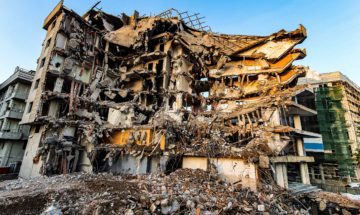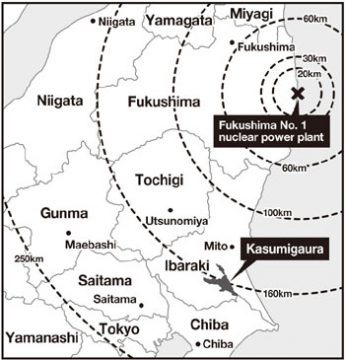by Mark Harvey
Opinion has caused more trouble on this little earth than plagues or earthquakes. —Voltaire (1694 – 1778)

About the only good thing that comes out of huge natural disasters is that it brings otherwise feuding and even warring countries together in humanitarian rescue efforts. Immediately after the recent earthquake in Turkey and Syria, rescue teams from all over the world amassed huge amounts of food, medicine, clothing, and rescue equipment, boarded airplanes and trucks and swarmed into the two heavily damaged countries to do some genuine, unadulterated good.
An 80-member world-class search and rescue team plus four search dogs with world-class noses from the UK hit the ground in Gaziantep, Turkey, barely two days after the quake. The team arrived with specialized seismic listening devices, concrete cutting equipment, and shoring materials. The crew is self-sufficient and brought its own food, water, shelter, communication, and sanitation gear.
An 80-member rescue team from China, also with four dogs, arrived in Turkey the same day as the UK team. The Chinese came with 20 tons of medical and communications equipment. Read more »


